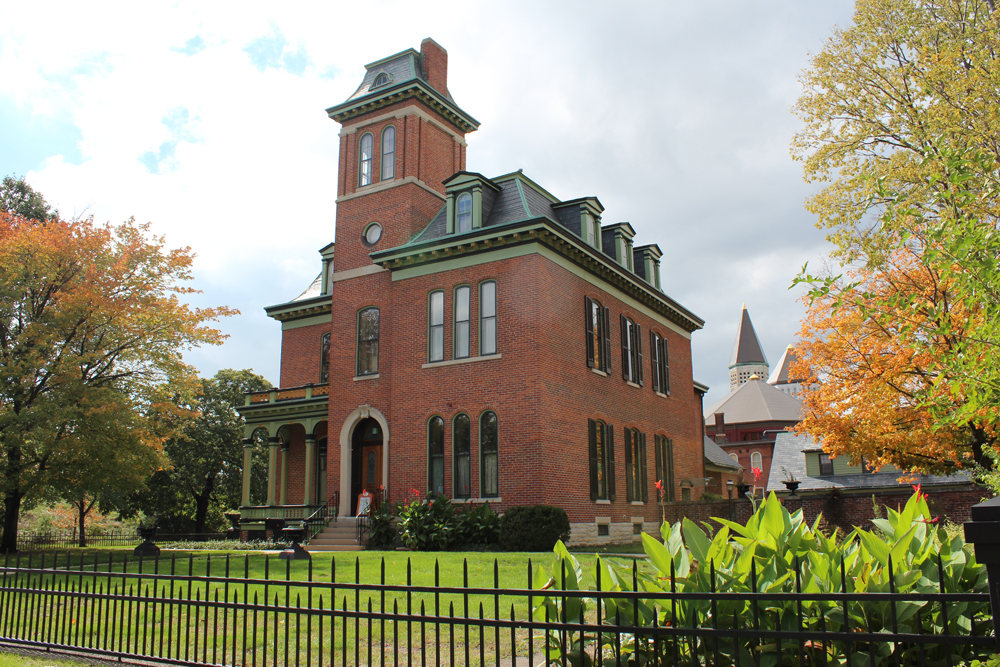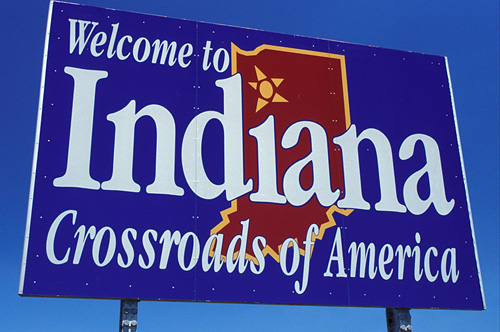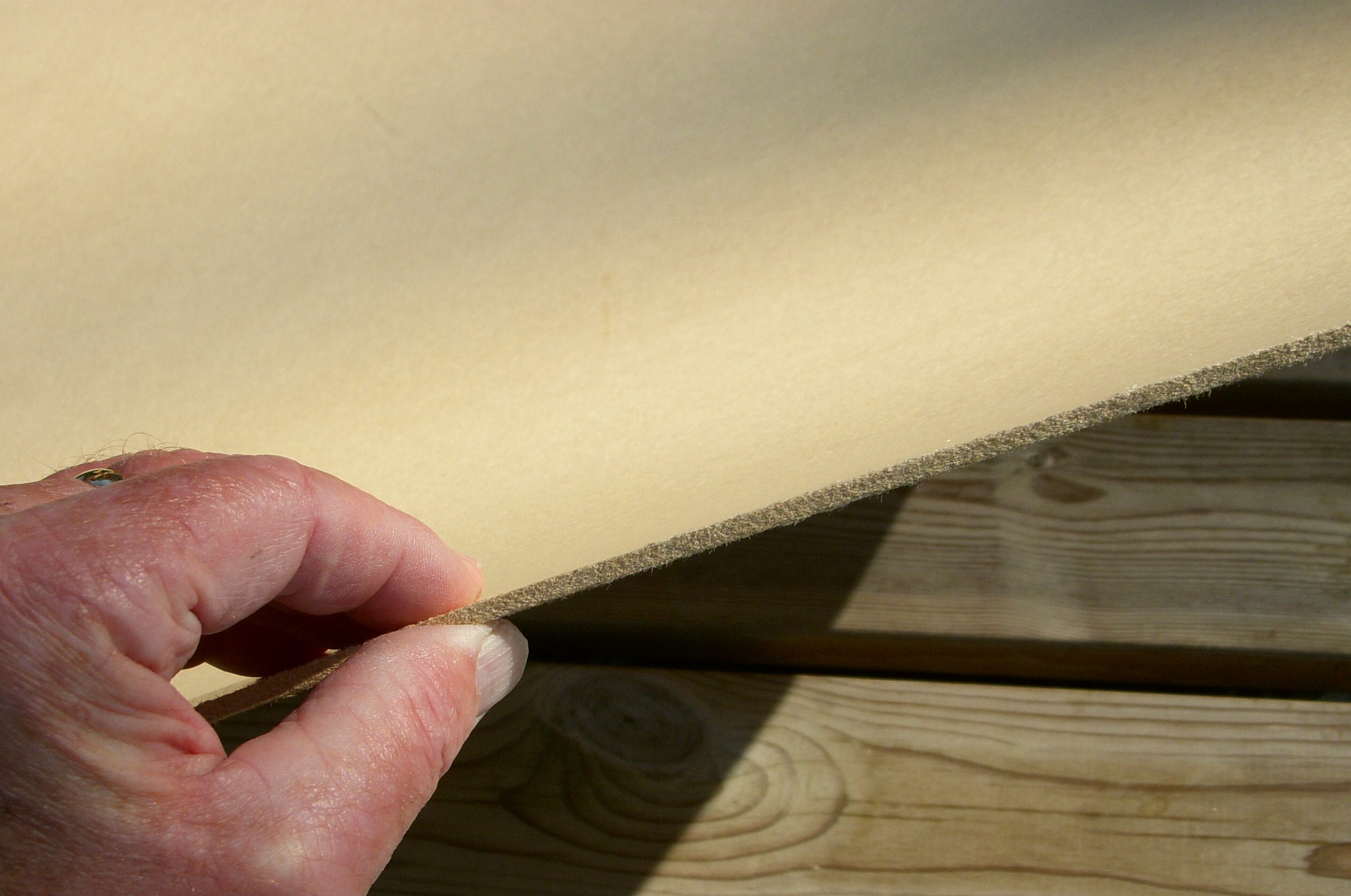|
1933 Homes Of Tomorrow Exhibition
The Homes of Tomorrow Exhibition was part of the 1933 Chicago World's Fair. The Fair's theme that year was a Century of Progress, and celebrated man's innovations in architecture, science, technology and transportation. The "Homes of Tomorrow" exhibition was one of the most noteworthy exhibits of the Fair, and showcased man's modern innovations in architecture, design, and building materials. In addition to several unique art deco and contemporary designs for a dozen model homes, futuristic home furnishings and accoutrements such as a personal helicopter pad were anticipated. Several architects and firms used the model homes to demonstrate their techniques for the pre-fabricated home and new materials. Baked enamel and Rostone — a man-made type of masonry that could be molded into specific shapes and produced in various colors — were hailed as affordable and durable home construction options. Five of the houses exist today viewable to the public, as the Century of Progre ... [...More Info...] [...Related Items...] OR: [Wikipedia] [Google] [Baidu] |
George Fred Keck
George Frederick Keck (1895-1980) was an American modernist architect based in Chicago, Illinois. He was later assisted in his practice by his brother William Keck to form the firm of Keck & Keck. Biography Keck was born in Watertown, Wisconsin, the eldest of five boys. He studied engineering for a year at the University of Wisconsin and then studied architecture engineering at the University of Illinois. Starting in the 1920s, he worked as a draftsman for several Chicago firms, including D. H. Burnham & Company and Schmidt, Garden and Martin. He started his own practice in 1926, and was joined by his younger brother William five years later. George took an interest in the Deutscher Werkbund and the emerging International Style. Career Keck designed two key model structures for the Century of Progress exhibition in Chicago in 1933; dubbed the " House of Tomorrow".Roth, Leland M. ''American Architecture: A History'',Google Books, Westview Press, 2003, p. 361, (). These two stru ... [...More Info...] [...Related Items...] OR: [Wikipedia] [Google] [Baidu] |
Indiana Landmarks
Indiana Landmarks is America's largest private statewide historic preservation organization. Founded in 1960 as Historic Landmarks Foundation of Indiana by a volunteer group of civic and business leaders led by Indianapolis pharmaceutical executive Eli Lilly, the organization is a private non-governmental organization with nearly 6,000 members and an endowment of over $40-million.The Encyclopedia of Indianapolis By David J. Bodenhamer, Robert Graham Barrows, David Gordon Vanderstel, pg 685 The organization simplified its name to Indiana Landmarks in 2010. Indiana Landmarks owns and restores historic buildings, buys and sells vacant and endangered property, and helps people throughout Indiana save and restore historic places through a variety of programs including grants, loans, and advocacy. Indiana Landmarks employs staff at its state headquarters in Indianapolis and in regional offices throughout the state of Indiana. Regional offices are located in South Bend, Gary, New Alb ... [...More Info...] [...Related Items...] OR: [Wikipedia] [Google] [Baidu] |
National Park Service
The National Park Service (NPS) is an List of federal agencies in the United States, agency of the Federal government of the United States, United States federal government within the United States Department of the Interior, U.S. Department of the Interior that manages all List of areas in the United States National Park System, national parks, most National monument (United States), national monuments, and other natural, historical, and recreational properties with various title designations. The United States Congress, U.S. Congress created the agency on August 25, 1916, through the National Park Service Organic Act. It is headquartered in Washington, D.C., within the main headquarters of the Department of the Interior. The NPS employs approximately 20,000 people in 423 individual units covering over 85 million acres in List of states and territories of the United States, all 50 states, the Washington, D.C., District of Columbia, and Territories of the United States, US territ ... [...More Info...] [...Related Items...] OR: [Wikipedia] [Google] [Baidu] |
Lake Michigan
Lake Michigan is one of the five Great Lakes of North America. It is the second-largest of the Great Lakes by volume () and the third-largest by surface area (), after Lake Superior and Lake Huron. To the east, its basin is conjoined with that of Lake Huron through the wide, deep, Straits of Mackinac, giving it the same surface elevation as its easterly counterpart; the two are technically a single lake. Lake Michigan is the world's largest lake by area in one country. Located in the United States, it is shared, from west to east, by the states of Wisconsin, Illinois, Indiana, and Michigan. Ports along its shores include Milwaukee and the City of Green Bay in Wisconsin; Chicago in Illinois; Gary in Indiana; and Muskegon in Michigan. Green Bay is a large bay in its northwest, and Grand Traverse Bay is in the northeast. The word "Michigan" is believed to come from the Ojibwe word (''michi-gami'' or ''mishigami'') meaning "great water". History Some of most studie ... [...More Info...] [...Related Items...] OR: [Wikipedia] [Google] [Baidu] |
Indiana
Indiana () is a U.S. state in the Midwestern United States. It is the 38th-largest by area and the 17th-most populous of the 50 States. Its capital and largest city is Indianapolis. Indiana was admitted to the United States as the 19th state on December 11, 1816. It is bordered by Lake Michigan to the northwest, Michigan to the north, Ohio to the east, the Ohio River and Kentucky to the south and southeast, and the Wabash River and Illinois to the west. Various Indigenous peoples of the Americas, indigenous peoples inhabited what would become Indiana for thousands of years, some of whom the U.S. government expelled between 1800 and 1836. Indiana received its name because the state was largely possessed by native tribes even after it was granted statehood. Since then, settlement patterns in Indiana have reflected regional cultural segmentation present in the Eastern United States; the state's northernmost tier was settled primarily by people from New England and New York ... [...More Info...] [...Related Items...] OR: [Wikipedia] [Google] [Baidu] |
Beverly Shores
Beverly Shores is a town in Pine Township, Porter County, Indiana, United States, about east of downtown Chicago. The population was 613 at the 2010 census. History Beverly Shores began life as a planned resort community. The Chicago, Lake Shore & South Bend railroad began to provide service from South Bend to Chicago shortly after 1900. The Chicago businessman Samuel Insull reorganized the line as the Chicago, South Shore & South Bend (today's South Shore Line) in 1925, upgrading the stations and encouraging tourism. A number of promotional posters were issued, many of which remain in print.Morrow, James. Images of America, Beverly Shores, A Suburban Dunes Resort. Chicago: Arcadia Publishing, 2001. The Frederick H. Bartlett Company, at that time one of Chicago's largest real-estate developers, bought in the area in 1927, and plotted thousands of homesites. He named the prospective development Lake Shore, North Shore Beach and South Shore Acres. The Great Depression dampened i ... [...More Info...] [...Related Items...] OR: [Wikipedia] [Google] [Baidu] |
Cypress Log Cabin
Both the Cypress Log Cabin and the Cypress Guest house are historic buildings in the Century of Progress Architectural District in Beverly Shores, Indiana. The houses were sponsored by Southern Cypress Manufacturer's Association, Jacksonville, Florida. The Cypress Cabin was purchased by the Zimmernam Estate represented by Zimmerman, Saxe and MacBride, Chicago architects. It was planned to move the house to St. Joseph, Michigan, where it was to be a summer home near the Bolton exhibit building of the 1893 Columbian Exposition. The move included the Cabin, Guest House and other landscape elements. That move never happened and Robert Bartlett trucked the Cabin and Guest House to Beverly Shores.Daily News, November 3, 1934Collins, Judith E; et al.; Cypress Log Cabin, Guest House, Beverly Shores-Century of Progress Architectural District; Historic American Buildings Survey, National Park Service, Washington, DC; HABS IN-241-A, HABS IND 64-BEVSH, 2A; 1994 Bartlett owned the property ... [...More Info...] [...Related Items...] OR: [Wikipedia] [Google] [Baidu] |
Florida Tropical House
The Florida Tropical House is a beach house located on Lake Michigan's shoreline in Beverly Shores, Indiana. It was built in 1933 as part of the Homes of Tomorrow Exhibition at the 1933 World's Fair in nearby Chicago. Today it is part of the Century of Progress Architectural District, a historic district. After years of disrepair, the house is being renovated and is subleased to a private renter who has agreed to cover the restoration costs. The house was designed so its inside and outside environments can be continuous. Its exterior was designed in the Modernist style by architect Robert Law Weed and painted a Floridian pink. The house, with four other 1933 exhibition homes nearby, were added to the National Register of Historic Places in 1986. They are collectively known as the World's Fair Houses. Construction The Florida House (as it was called originally) was built in 1933 for the Homes of Tomorrow Exhibition of the 1933 World's Fair by the State of Florida to showca ... [...More Info...] [...Related Items...] OR: [Wikipedia] [Google] [Baidu] |
Armco-Ferro House
The Armco-Ferro House, in the Century of Progress Architectural District in Beverly Shores, Indiana, was originally constructed for the 1933 Century of Progress Exposition in Chicago. "The ... Exposition opened in May of 1933 directed by the theme of science and its role in industrial advancement. Within the Home and Industrial Arts Group were model houses, which featured modern materials, building methods and innovative home appliances, including the Armco-Ferro-Mayflower, Wieboldt-Rostone and Florida Tropical houses, and the House of Tomorrow. All utilized new techniques of design, construction and prefabrication in an attempt to bring the out-of-date housing industry in line with more efficient manufacturing practices such as those used by the auto industry." The Home and Industrial Arts Group was the most successful venue of the Exposition.Slupski, Janice; Historic Structures Report, Armco Ferro House; Indiana Dunes National Lakeshore; Porter, Indiana; 1990s The Armco-Ferr ... [...More Info...] [...Related Items...] OR: [Wikipedia] [Google] [Baidu] |
Masonite
Masonite is a type of hardboard, a kind of engineered wood, which is made of steam-cooked and pressure-molded wood fibers in a process patented by William H. Mason. It is also called Quartrboard, Isorel, hernit, karlit, torex, treetex, and pressboard. History A product resembling masonite ( hardboard) was first made in England in 1898 by hot-pressing waste paper.Akers, 1966, p. x Masonite was patented in 1924 in Laurel, Mississippi, by William H. Mason, who was a friend and protégé of Thomas Edison. Mass production started in 1929. In the 1930s and 1940s, Masonite was used for applications including doors, roofing, walls, desktops, and canoes. It was sometimes used for house siding. Similar "tempered hardboard" is now a generic product made by many forest product companies. The Masonite Corporation entered the door business as a supplier of facings in 1972, and was purchased in 2001 by Premdor Corporation, a door maker, from its former parent International Paper. It no ... [...More Info...] [...Related Items...] OR: [Wikipedia] [Google] [Baidu] |
House Of Tomorrow (Indiana)
The House of Tomorrow is a historic building in the Century of Progress Architectural District in Beverly Shores, Indiana. The house was originally part of Chicago's 1933-34 Century of Progress Exposition. Designed as the house of the future, this house included its own airplane hangar. Glass walls offered views from every angle and so taxed the experimental air conditioning system that the cooling system failed. 1933 Century of Progress Exposition The House of Tomorrow was built for the Century of Progress' 1933 Homes of Tomorrow Exhibition in Chicago, Illinois. Architect George Fred Keck's design reflected European modernism. The design conveyed the ideals of the fair and its emphasis on science and technology. Keck said he 'discovered' solar heating when he found workers inside the house wearing only shirtsleeves on a frigid winter day. Bartlett Development After the close of the Century of Progress, the structure was sold to Robert Bartlett for $2,500. Bartlett was deve ... [...More Info...] [...Related Items...] OR: [Wikipedia] [Google] [Baidu] |






